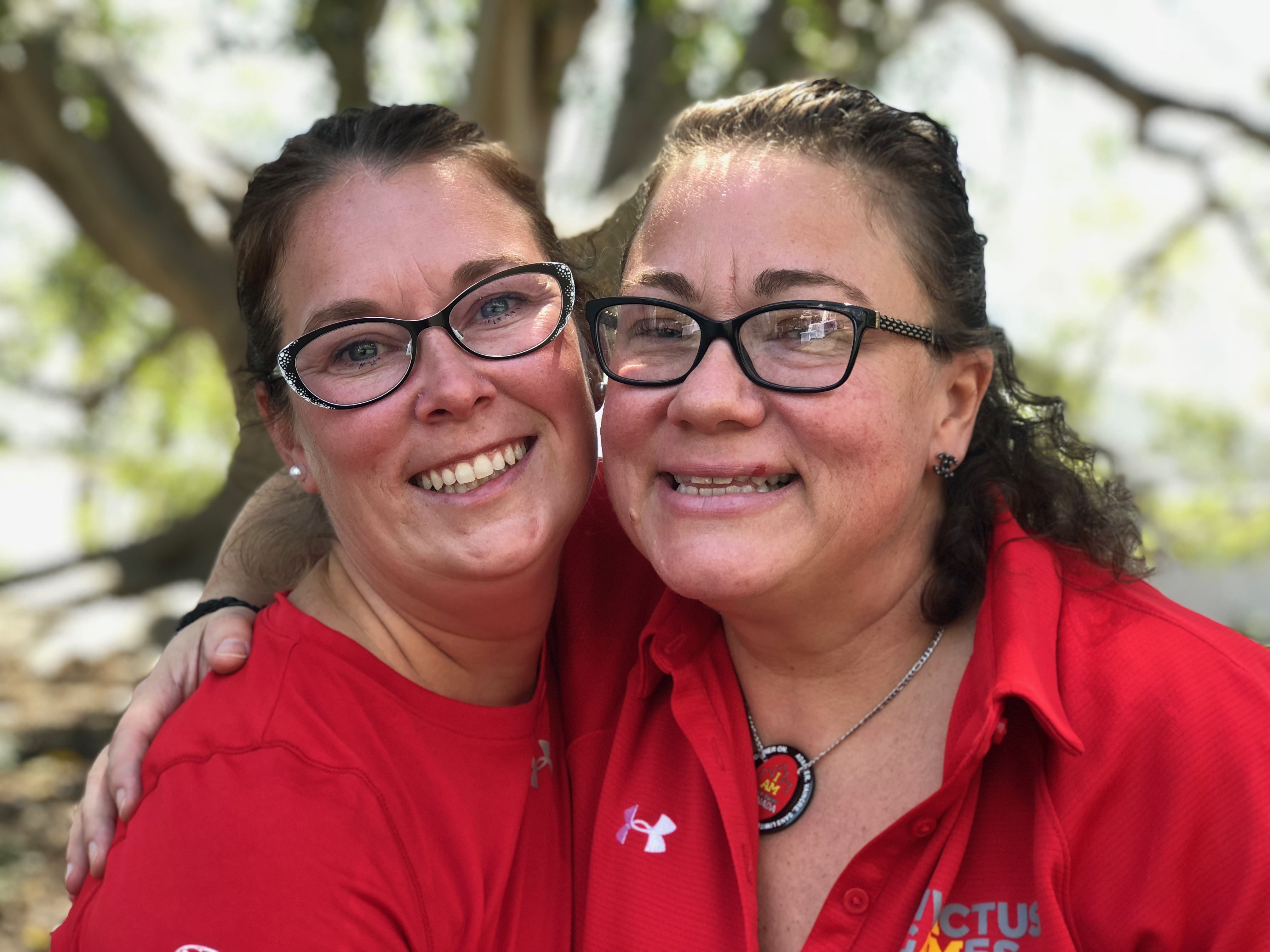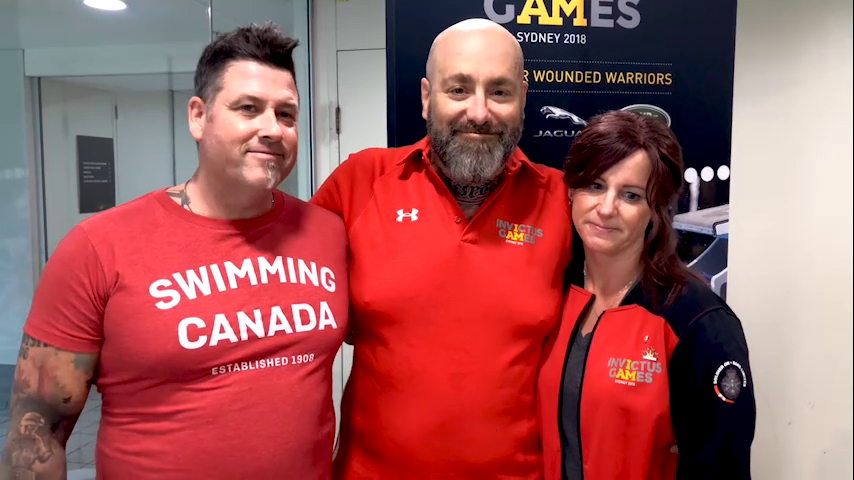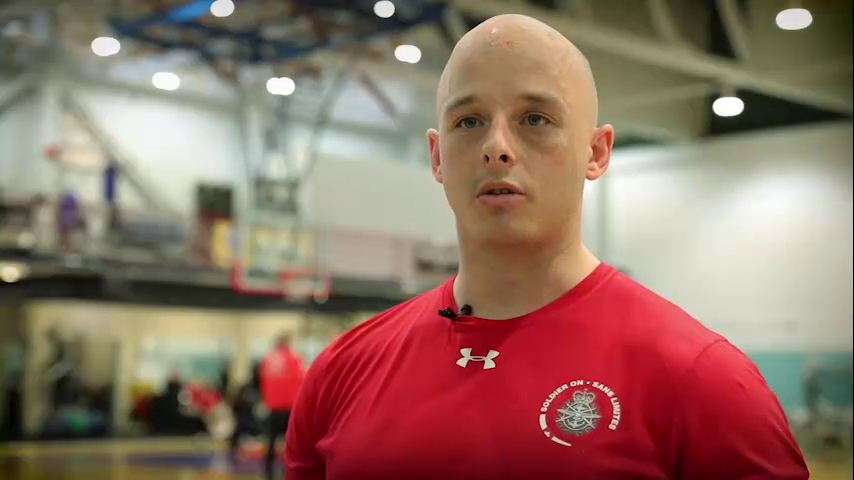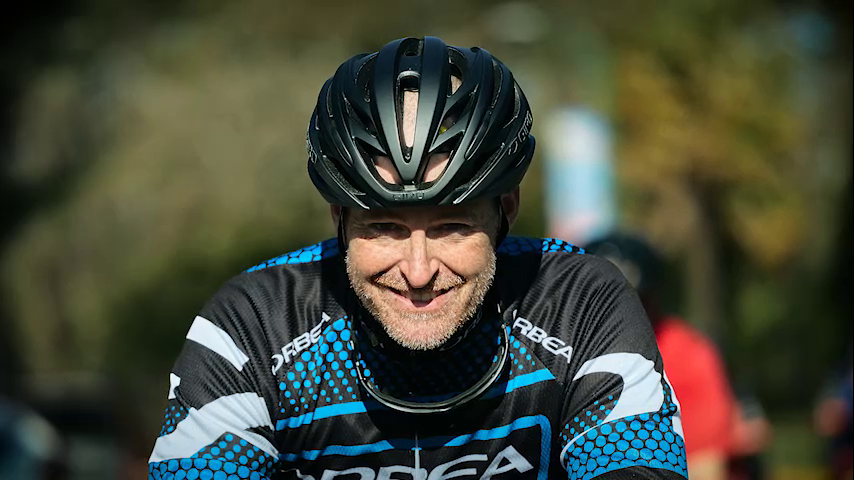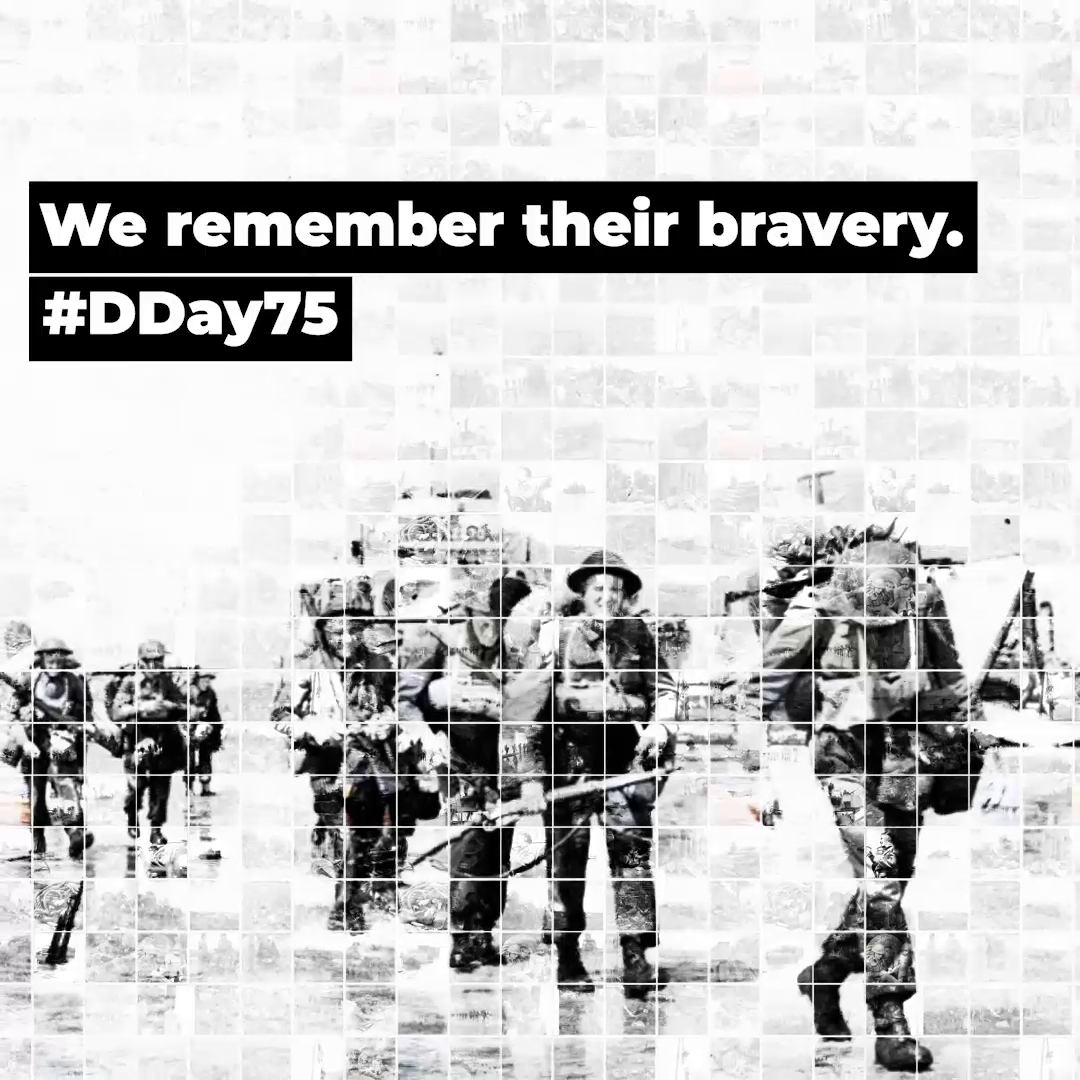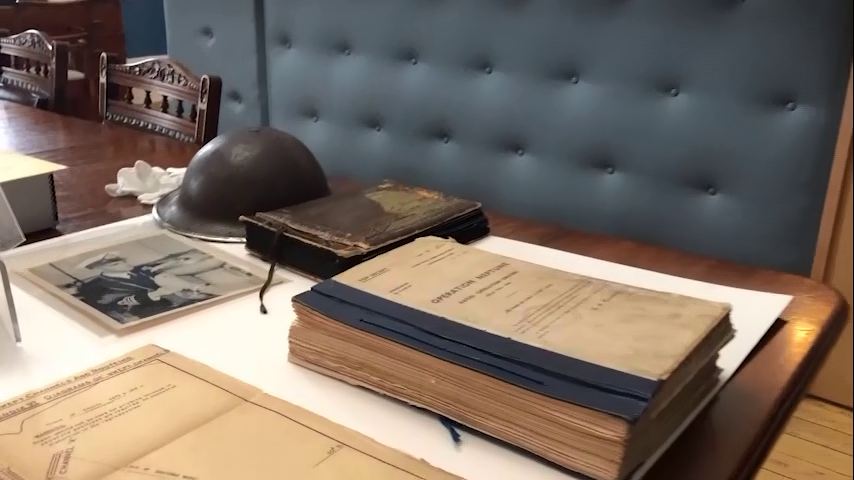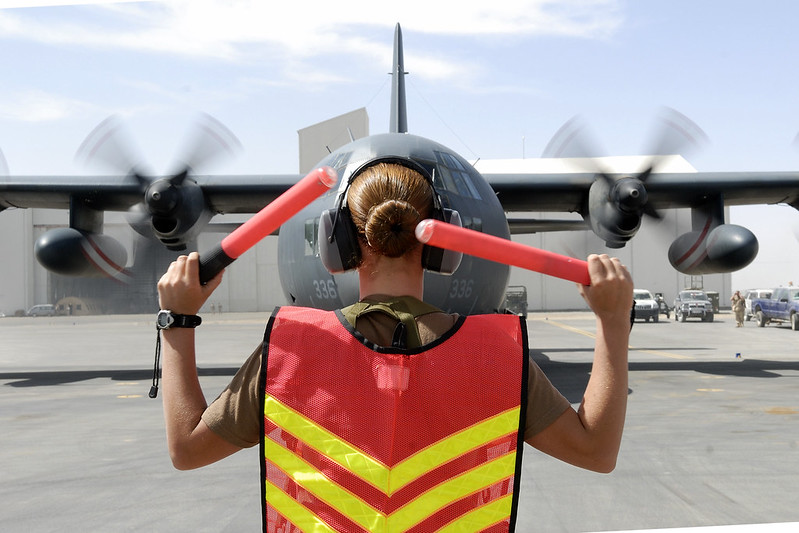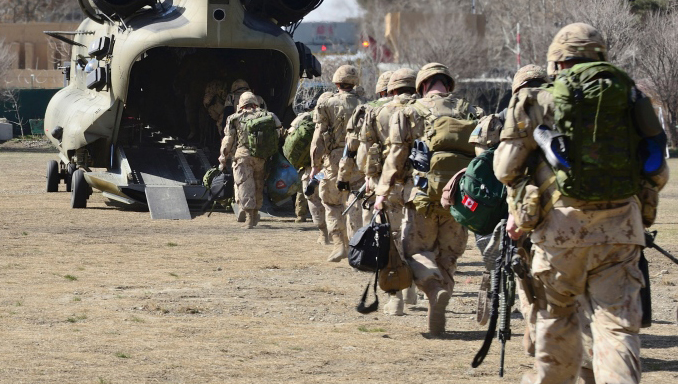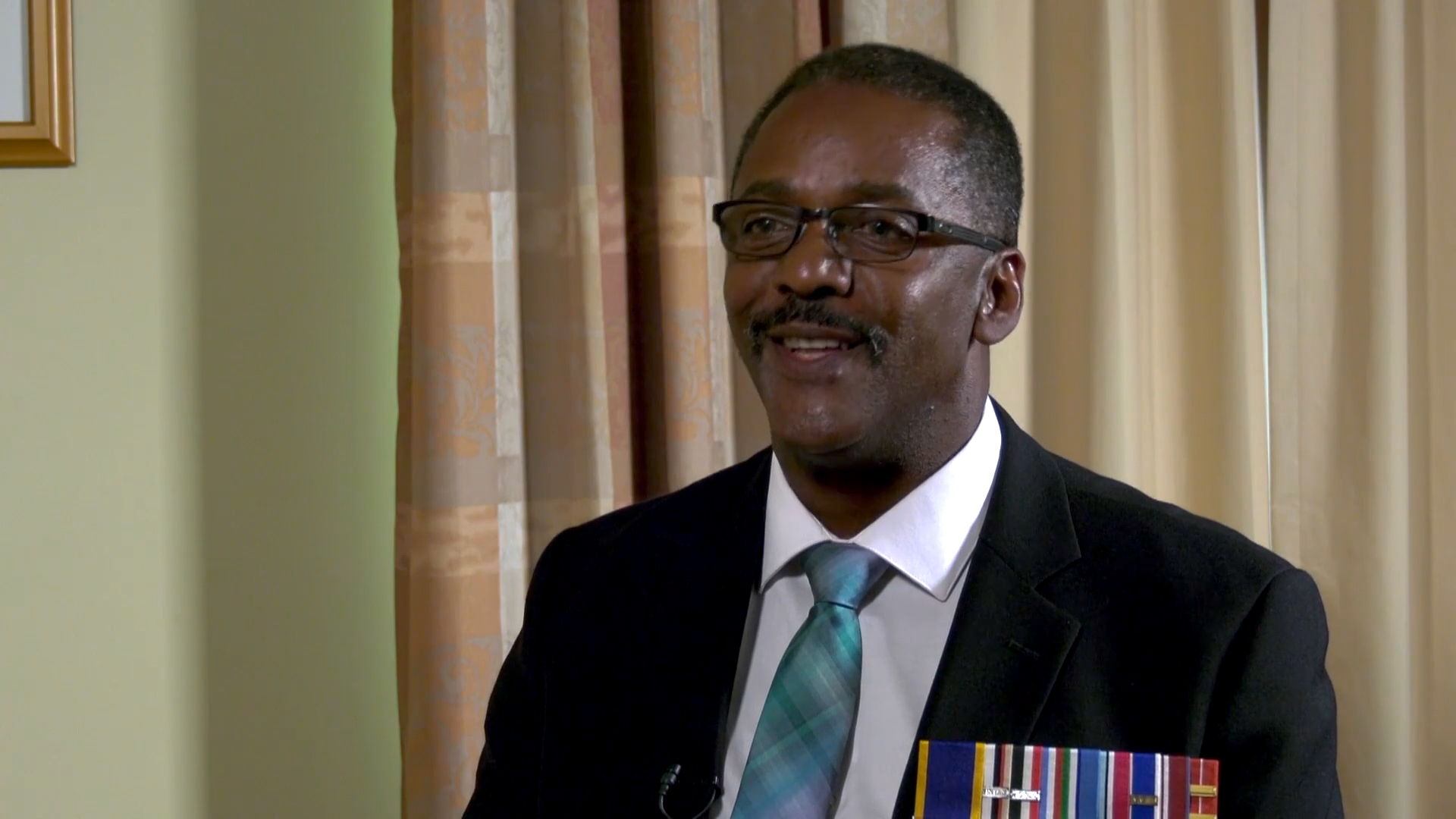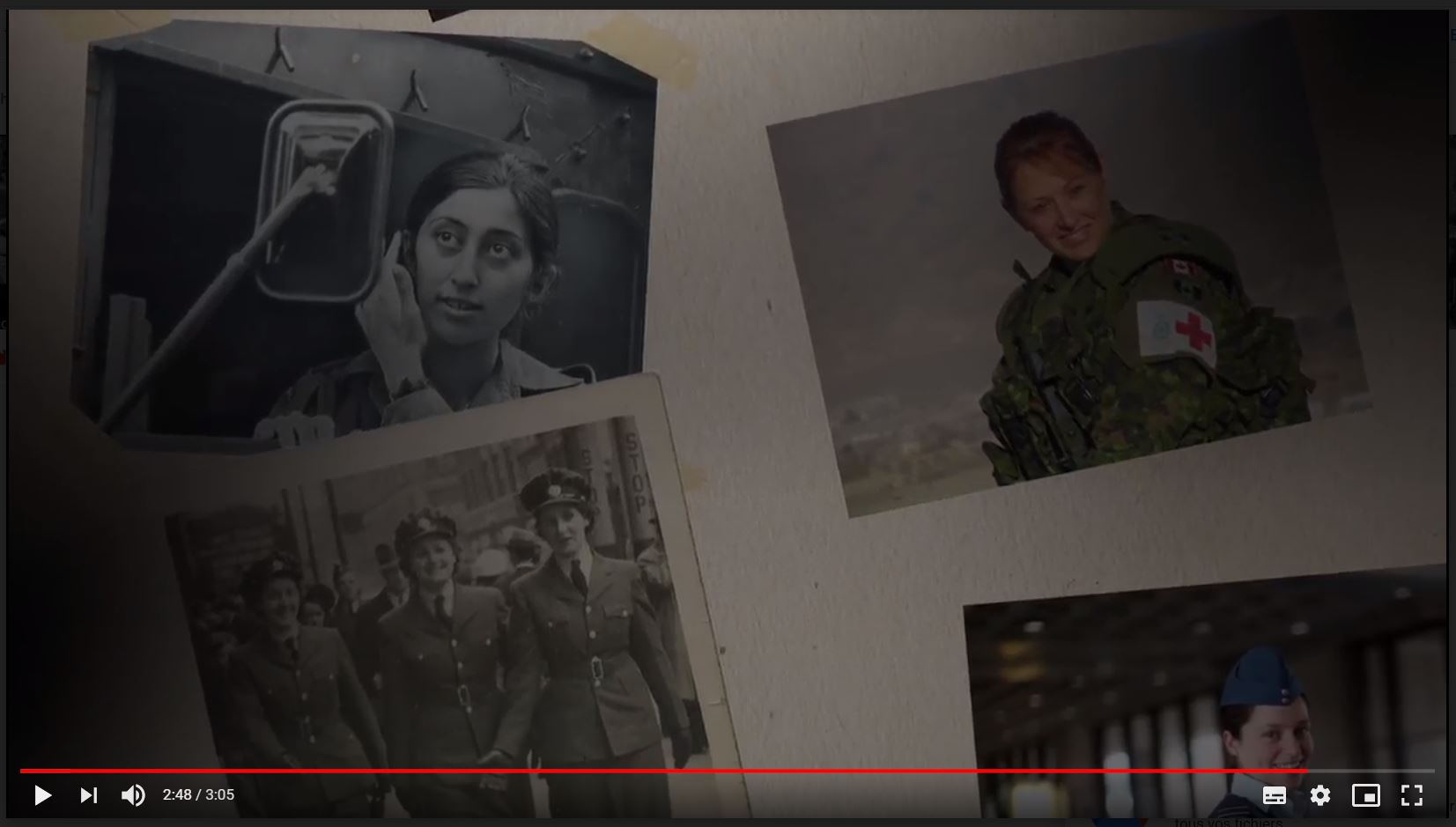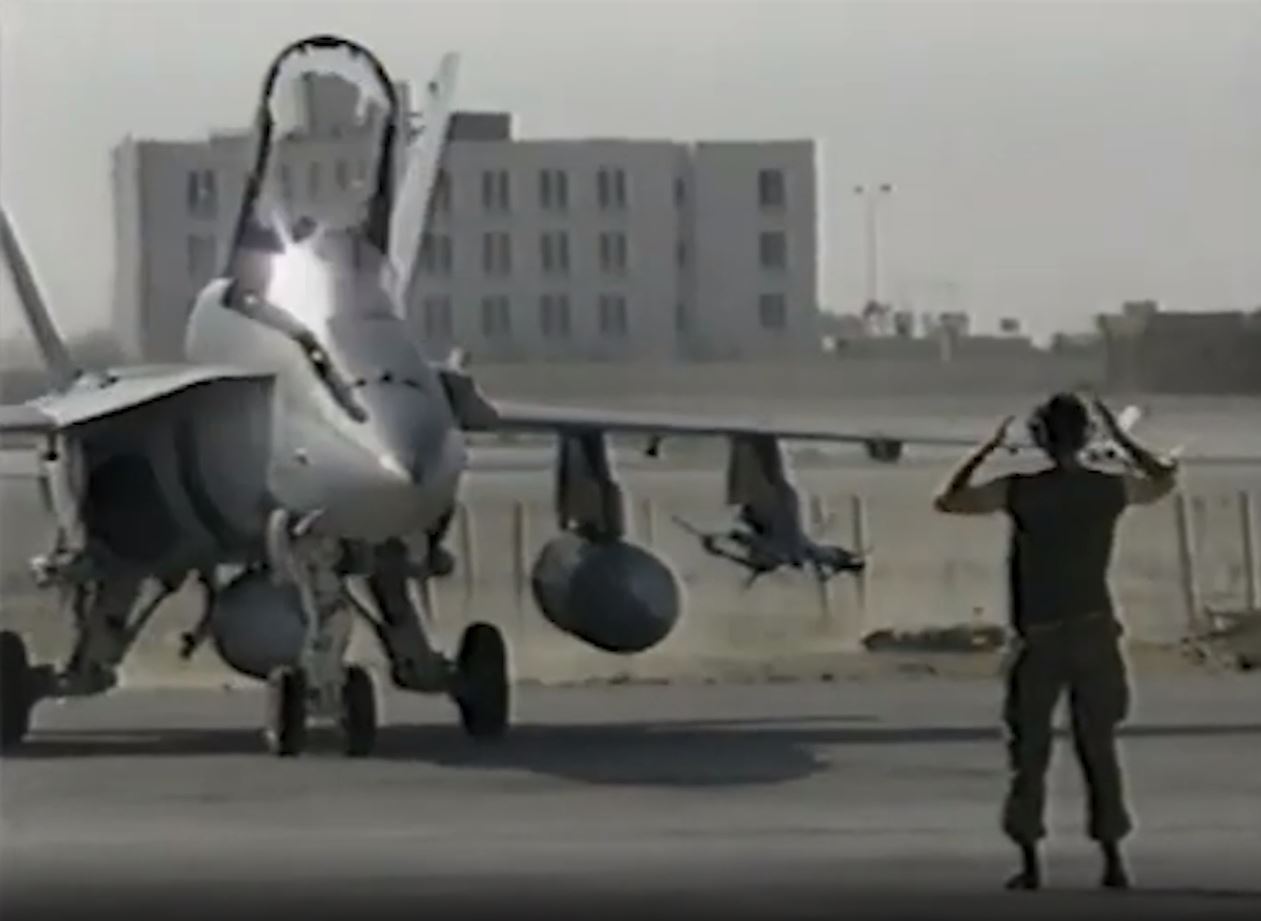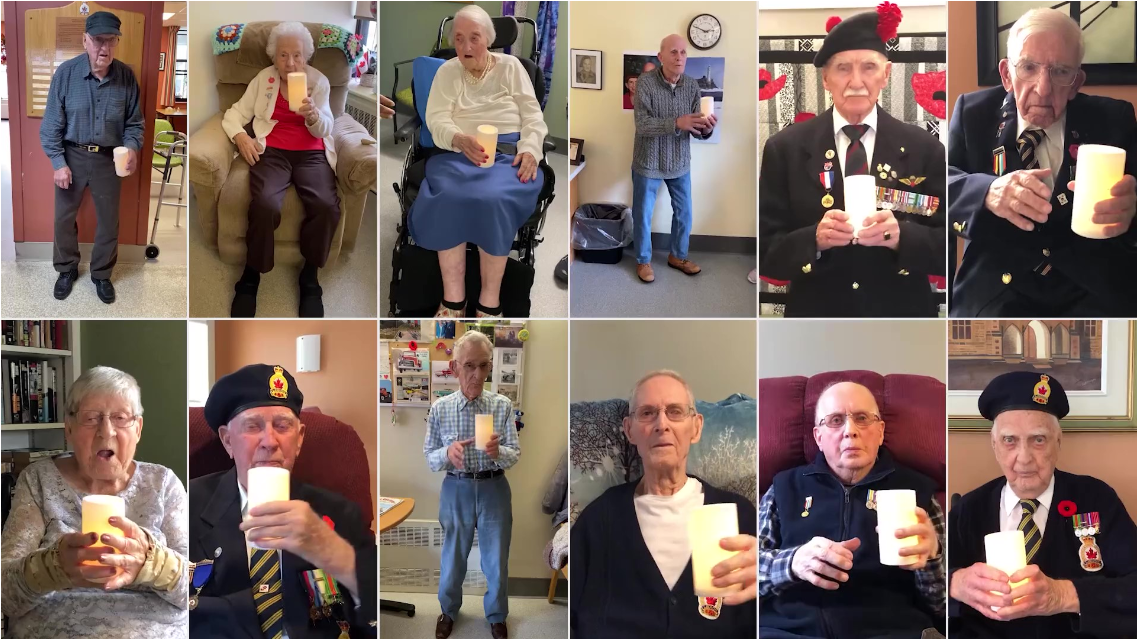Lieutenant Commander (Ret’d) Richard Tilley talks about his father’s experience on D-Day
75th anniversary of D-Day and the Battle of Normandy
Lieutenant Commander (Ret’d) Richard Tilley talks about his father’s experience on D-Day
Transcript
RICHARD TILLEY**(Retired Lieutenant-Commander, RCN):** I am Richard Tilley. I’m a retired Lieutenant Commander in the Royal Canadian Navy,
and I’m here to talk about my father Harold Richard Tilley
who, in this particular case what we’re interested about,
was involved in the D-Day landings back in 1944,
France, Juno Beach; that was the 6^th of June.
The day before D-Day, in other words the 5^th of June 1944,
they loaded on, in his particular case, the Chaudières,
and they headed off across the ocean.
Well, at least across the English Channel. And…
well the Chaudières were an interesting group. First of all, they hadn’t spent a lot of time at sea,
so they were pretty seasick on board, and my father certainly made the comment that
I think they were pretty happy to get ashore when they finally did get ashore.
They had bicycles with them. Not all the troops had bicycles,
but this particular group did have bicycles and they were charged with
going as far inland as they possibly could;
and they must have done a pretty good job
because the Canadian troops got further inland than any other troops on D-Day itself.
So, that’s the good news. They
unloaded the troops fine, turned around
to go back to Portsmouth presumably to pick up more troops, but they got about two miles off the coast and
the engineer came roaring up and said you guys better hit that beach again fast,
because we’re sinking. And of course, what happened is that all the beaches,
all the Normandy beaches, or at least all the ones I’m aware of, had underwater barriers
and they actually scraped the bottom of the
landing craft and put a hole in it. So, they were on the beach and things weren’t quiet.
Not only did they have these mines to contend with, but they had German Focke-Wulf Aircraft
flying overhead bombing them, and there were booby traps
in the various pill boxes along the beach,
and they could hear the sounds of war very vividly not that far from the beach.
Priority was to get the landing craft fixed so they could get back.Well,
it took about three days to do that. By then,
the landing craft was being used for other things.
They were being used as a makeshift or a minor hospital,
but they were also being used as a holding facility for German prisoners of war.
His landing craft actually had the official photographer on board.
So, all those pictures you see, or almost all of them that you see right on the Juno Beach,
the ones with Canada House or that tutor-style building in the background;
all those and certainly the pictures with the bicycles being landed
and the nearby landing craft, those were all…
those pictures were all taken from my father’s ship.
And it’s kind of interesting in that, years later my father went to the
War Museum in Ottawa and he saw all these pictures and his comment was, “that was my D-Day.”
A message from the Government of Canada.
Description
On June 6, 1944, then-Sub-Lieutenant Harold (Hal) Tilley was one of 10,000 sailors who risked their lives storming the beaches on D-Day. Listen as his son, Lieutenant Commander (Ret’d) Richard Tilley talks about his father’s experience.
Meta Data
- Medium:
- Video
- Owner:
- Veterans Affairs Canada
- Recorded:
- July 9, 2019
- Duration:
- 214
Related Videos
- Date modified:



